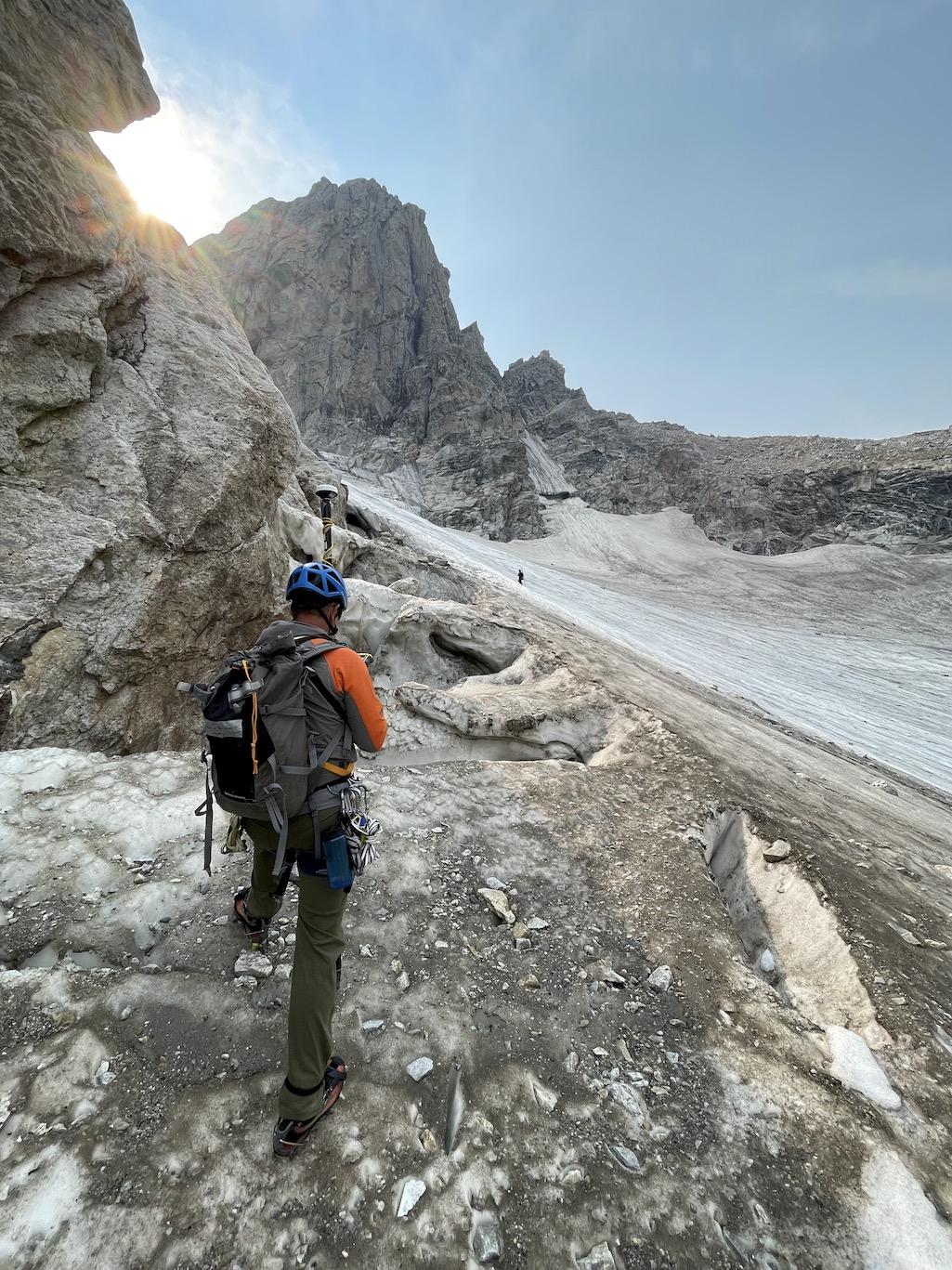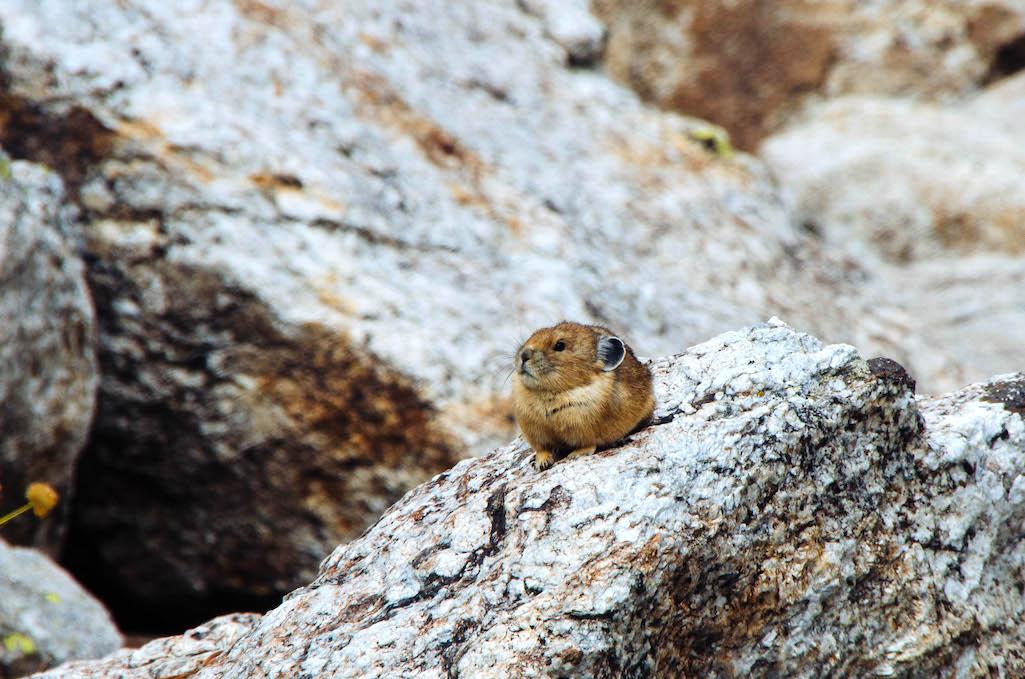
Increasingly warm temperatures are exacting a toll on Grand Teton's glaciers/NPS
Editor's note: The following article is from the Grand Teton National Park Foundation's Winter newsletter.
Change has been a constant force on the landscape that is now protected in Grand Teton National Park, beginning with uplift of the Teton Range and its subsequent glaciation, erosion, and establishment of plant life. These dynamic processes created the iconic views that we enjoy today. Climate has forever been at the forefront among landscape altering agents. Its changes occur at almost imperceptible rates, but over time they can accumulate to cascading transformations in seasons, river flows, vegetation communities, and all life that depends on them. And mirroring trends observed around the globe, these days change is occurring more rapidly in and around the park.
The average temperature in the Greater Yellowstone Ecosystem is as high or higher than it has ever been in the last 20,000 years and likely higher than the last 800,000 years. Since 1950, several climate-driven changes have been documented. We have already warmed by 2.3 degrees Fahrenheit, and this figure could increase five-to-ten degrees Fahrenheit by 2100. The growing season has increased by nearly two weeks, while average annual snowfall has declined by twenty-three inches. Rising temperatures mean less snowfall and more precipitation falling as rain, especially at lower elevations. Rain has increased seventeen to twenty-three-percent in spring and forty-two-percent in fall, and has decreased eleven to seventeen-percent in June and July.
Peak river flows have shifted also, occurring eight days earlier on average, while summer and fall minimum flows have declined ten to forty-percent, intensifying and extending the warm, low-flow season. By the end of the century, peak river flow is projected to shift one to two months earlier in the year.
What does this mean for the plants, fish, wildlife, and glaciers in the park? There are likely to be both winners and losers. To help us understand the effects of climate change on park resources, Grand Teton National Park Foundation is supporting several priority projects. Teton glaciers have been receding since the Little Ice Age—a period from 1250-1900 CE (Common Era) when the coldest centuries of the last 8,000 years occurred—but human-caused climate change is accelerating recession. The park’s geophysical scientist is coordinating long-term, detailed glacier monitoring activities that will give us a better sense of our ten remaining glaciers’ resilience and how it will affect a variety of other resources.

Pikas at Grand Teton somehow are holding on despite the warming climate/NPS
The park is also following numbers and distribution of pika, the rabbit-like mammal with the screechy voice that inhabits talus slopes. Pikas are declining throughout the West because of increasing temperatures, being extirpated at lower elevations and contracting their range almost everywhere. But not in Grand Teton National Park. Here, pika populations are maintaining strongholds at a wide range of elevations, including the lowest slopes of the Teton range. This study will help us understand what climatic or environmental factors prevent pikas from declining here.
The complex effects of climate change on persistence of whitebark pines is also of concern, because of their important role as a food and shade tree at subalpine elevations. Whitebark pines are dying throughout their range from blister rust, a non-native fungus, and naturally cycling mountain pine beetle infestations that are exacerbated by warming temperatures. As part of a continuing, twenty-year study coordinated ecosystem-wide, whitebark pines are treated with a hormone that dissuades mountain pine beetles from laying eggs under the bark, survival of adult and young trees is monitored, and cones from the most resistant trees are collected for future planting. The study also monitors temperature at whitebark elevations to determine if climate is affecting the interactions between trees, fungus, and beetles.
These and other studies on hydrological dynamics and native fish ecology will provide critical information to better understand how the cascading impacts of climate change may affect the long-term conservation of important resources, and to identify opportunities for mitigation measures where appropriate.



Add comment